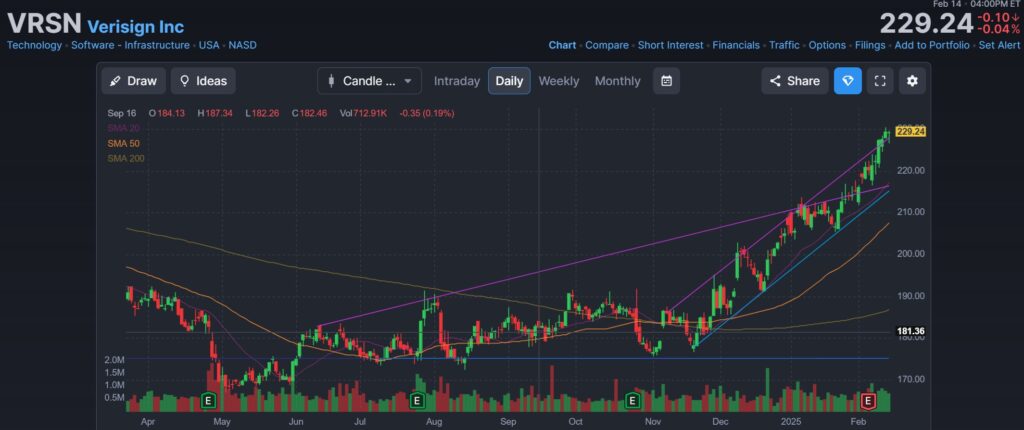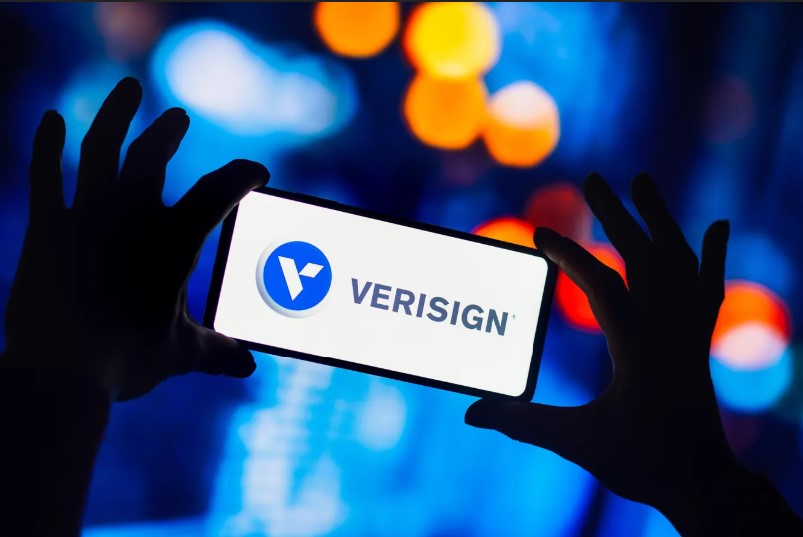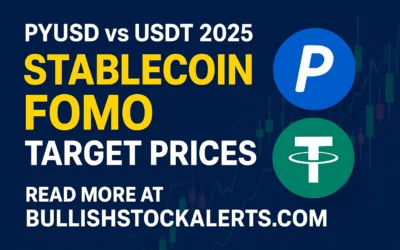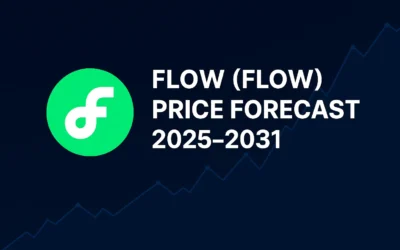Introduction
VeriSign (VRSN) has drawn increased attention after Warren Buffett added to his position, alongside SiriusXM, in a move that underscores his affinity for companies generating strong free cash flow. Despite not paying a traditional dividend, VeriSign buys back its shares aggressively, earning it the moniker of a “Cannibal Company.” This article provides an in-depth look at VeriSign’s fundamentals, technical indicators, and future prospects.
Financial Performance
VeriSign’s business model is centered on managing and operating critical internet infrastructure services, including the .com and .net domain name registries. These contracts provide a stable, recurring revenue stream. Over the past several years, VeriSign has showcased:
- Consistent Revenue Growth: Gradual increases in domain registrations and subscription renewals.
- High Margins: Strong operating and profit margins driven by its near-monopoly position in
.comand.net. - Robust Free Cash Flow: With minimal capital expenditure, VeriSign’s free cash flow often outpaces net income, supporting share repurchases.
Key Highlights
- Stable Demand: Internet domains remain essential for businesses and individuals, lending resilience to VeriSign’s revenue base.
- Buffett’s Vote of Confidence: The Oracle of Omaha’s incremental investment suggests trust in VeriSign’s ability to compound returns over time.
- Share Buybacks: VeriSign returns capital primarily through share repurchases, reducing outstanding shares and boosting per-share metrics.
Profitability and Valuation

VeriSign’s profit margins are among the highest in the tech-infrastructure space, thanks to its scalable, asset-light model. On valuation:
- Price-to-Earnings (P/E): Often elevated compared to traditional tech, reflecting the company’s monopoly-like status and reliable cash flows.
- EV/EBITDA: Also tends to be higher than industry averages, underscoring investor confidence in VeriSign’s unique position.
Despite these premium valuations, investors often view VeriSign as a lower-risk, long-term compounder—particularly attractive in uncertain markets.
Debt and Leverage
VeriSign’s debt levels are manageable, and its predictable cash flow reduces default risk. While the company does carry some debt, it maintains sufficient liquidity to service obligations, continue share repurchases, and invest in operational improvements.
Growth Prospects
- Domain Expansion: Though mature markets in North America and Europe limit explosive growth, global internet penetration in emerging economies offers room for incremental domain registration increases.
- Price Increases: VeriSign has some flexibility to raise domain registration fees under regulatory agreements, contributing to top-line growth without significant added cost.
- Potential New Services: While primarily focused on domain registry operations, the company could explore complementary services in DNS security or identity management.
Technical Analysis
Recent Price Action:
A look at the Finviz chart shows VeriSign in a robust uptrend, recently trading around $229. The stock appears to be forming higher highs and higher lows, a classic sign of bullish momentum. Moving averages—particularly the 50-day and 200-day—are both trending upward, suggesting a favorable technical environment.
- Support Levels: $200–$210 has historically acted as support during market pullbacks.
- Resistance Levels: The $230–$235 zone could pose near-term resistance, though a breakout above these levels might signal continued momentum.
Potential Catalysts
- Regulatory Changes: Any approval allowing higher domain registration fees could significantly boost VeriSign’s revenues.
- Increased Share Buybacks: A new or expanded buyback authorization might further reduce the share count and lift earnings per share.
- M&A Opportunities: Though less likely, strategic acquisitions could expand VeriSign’s reach into adjacent markets like cybersecurity or digital identity.
Leadership and Strategic Direction
VeriSign’s management team focuses on sustaining high-margin core operations, renewing critical contracts, and returning excess capital to shareholders. Their strategic approach prioritizes stable growth over aggressive expansion, aligning well with Buffett’s preference for consistent performance and shareholder value.
Impact of Macroeconomic Factors
- Interest Rates: Rising rates may reduce the attractiveness of high-valuation tech stocks. However, VeriSign’s stable revenue model can make it relatively more appealing in uncertain times.
- Global Economic Slowdowns: Domain registrations can slow if businesses cut costs, yet the overall trend toward digital presence remains strong.
- Currency Fluctuations: While domain fees are primarily dollar-denominated, fluctuations can influence the behavior of international registrants.
Total Addressable Market (TAM)
VeriSign’s TAM is tied to global domain registrations and internet usage. As more businesses and individuals go online, the demand for domain names increases. The company’s unique position overseeing .com and .net means it benefits directly from this growth, albeit at a measured pace in mature regions.
Market Sentiment and Engagement
Investor sentiment toward VeriSign has been generally positive, particularly after Buffett’s additional stake. Online forums and social media often highlight its strong free cash flow, consistent share repurchases, and near-monopoly position, all of which bolster long-term investor confidence.
Conclusion
VeriSign stands out for its dependable revenue streams, high margins, and shareholder-friendly buybacks. While it may not fit the mold of a traditional dividend-paying tech stock, it exemplifies a “Cannibal Company,” continually shrinking its float to boost shareholder value.
Target Price Objectives
- Short to Mid-Term: If the bullish trend continues, a move toward $240–$250 seems feasible, especially if the company meets or exceeds earnings expectations.
- Long-Term: With sustained buybacks and moderate fee increases, the stock could push beyond $300 over the next few years.
Stop-Loss Recommendation
Given recent support levels, a stop-loss in the $200–$210 range may offer protection against significant market downturns or unexpected negative news flow.
Discover More
For more insights into analyzing value and growth stocks poised for sustainable growth, consider this expert guide. It provides valuable strategies for identifying high-potential value and growth stocks.
We also have other highly attractive stocks in our portfolios. To explore these opportunities, visit our investment portfolios.
This analysis serves as information only and should not be interpreted as investment advice. Conduct your own research or consult with a financial advisor before making investment decisions.









0 Comments